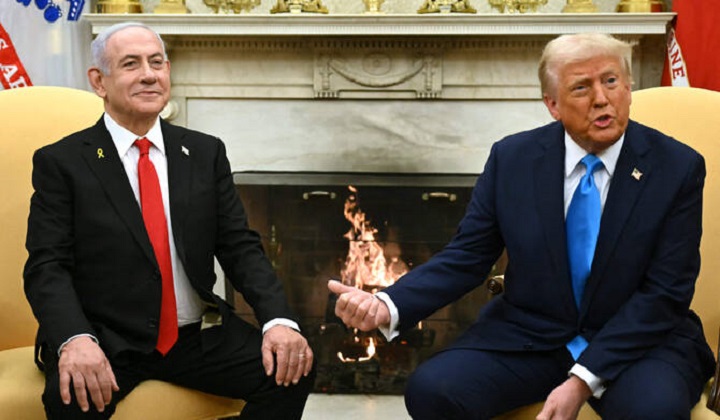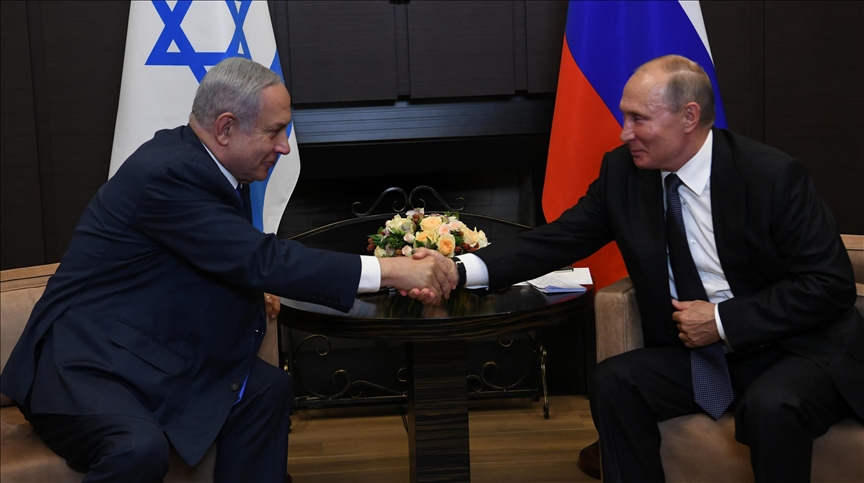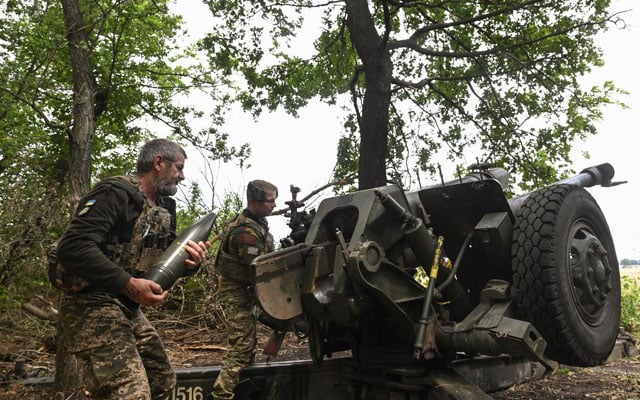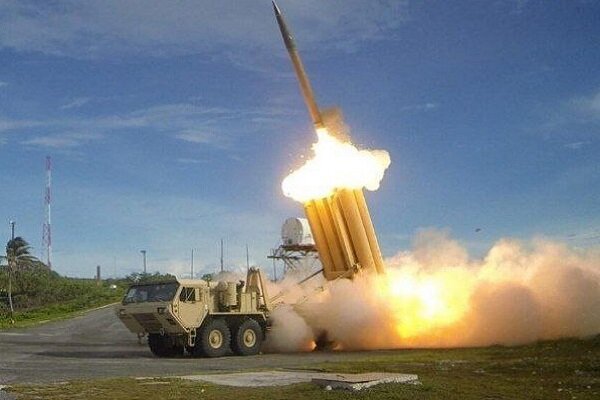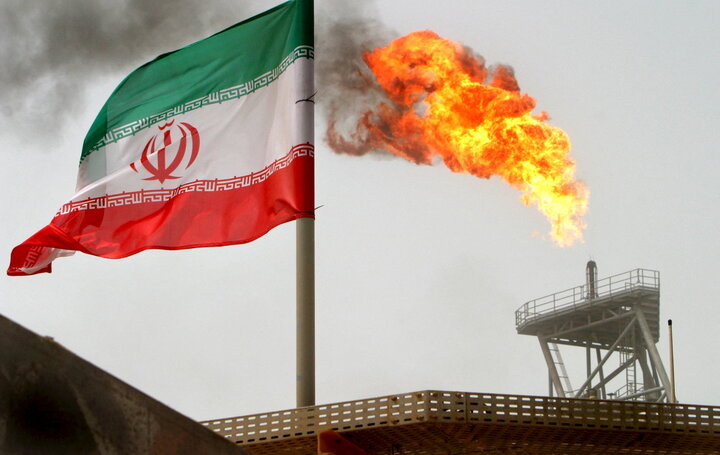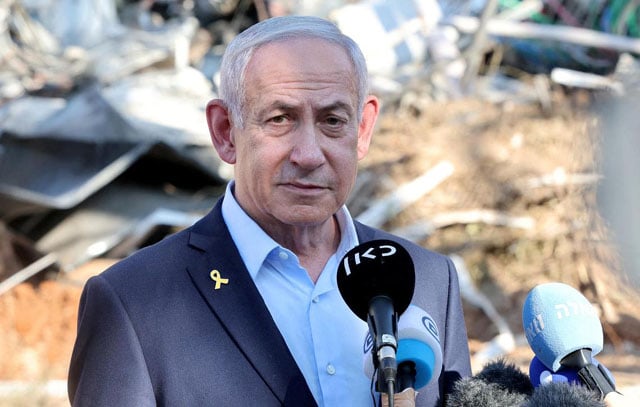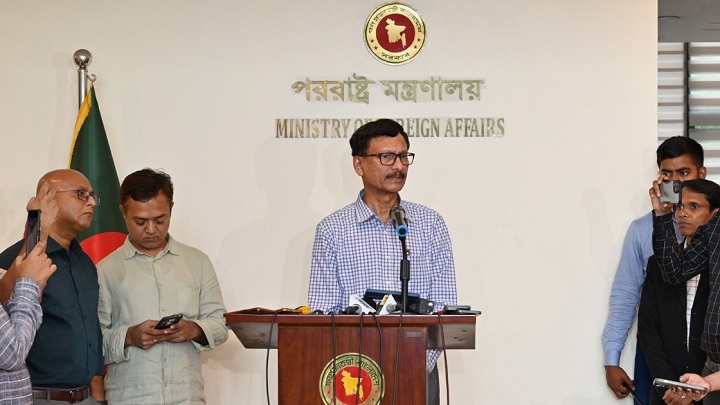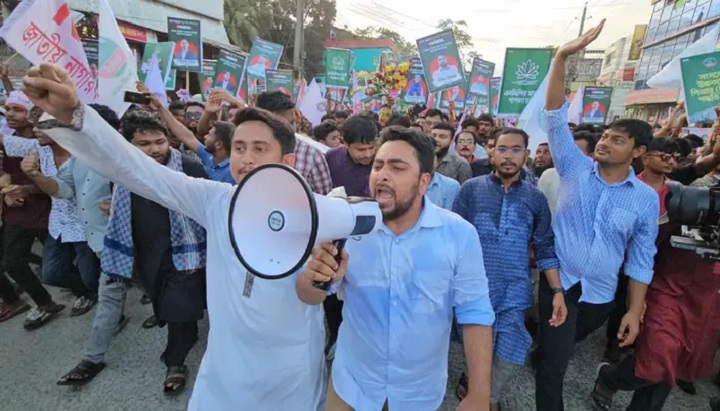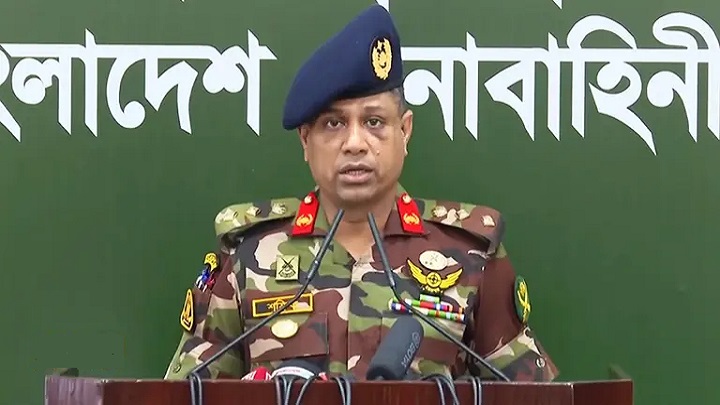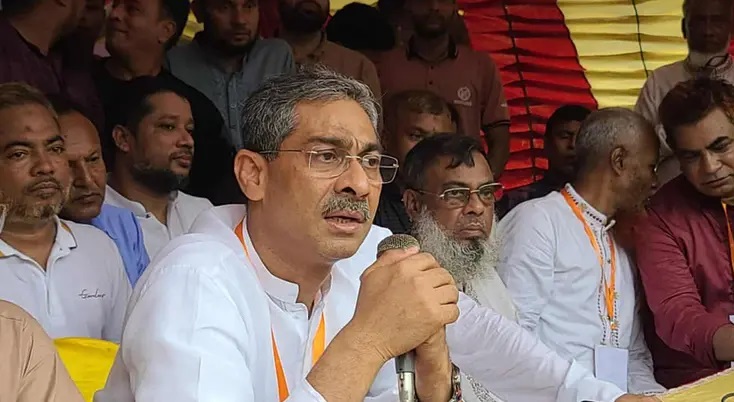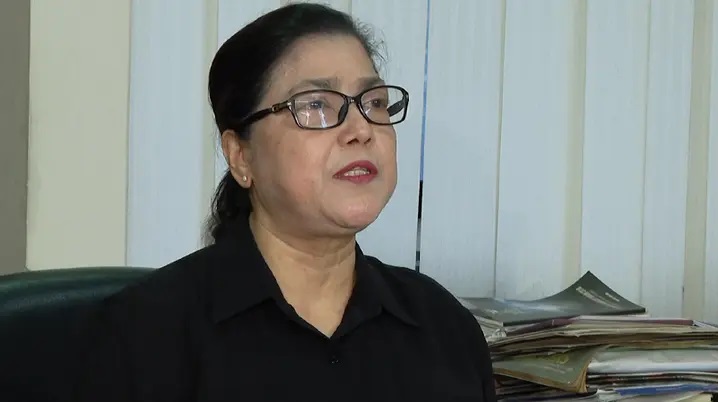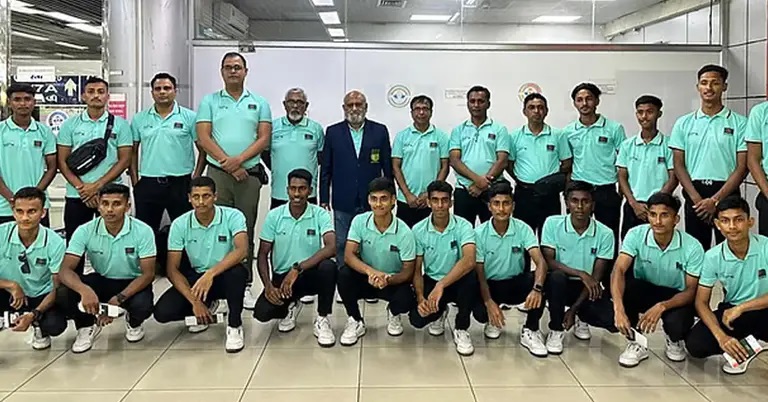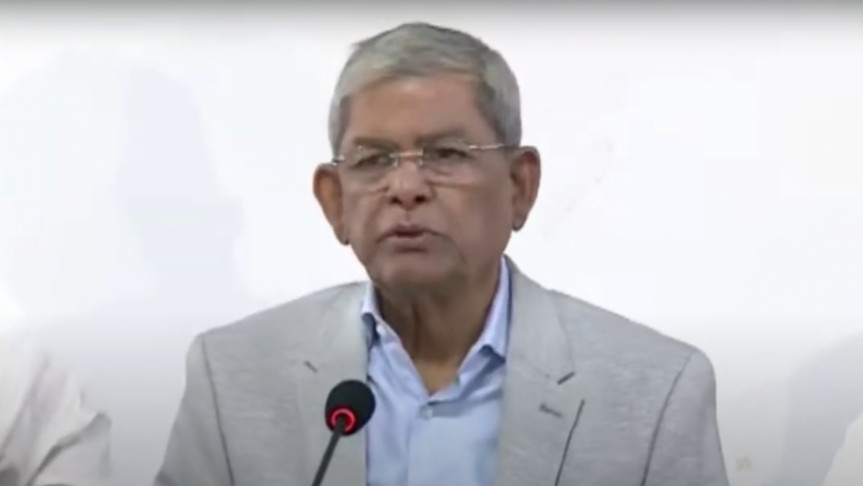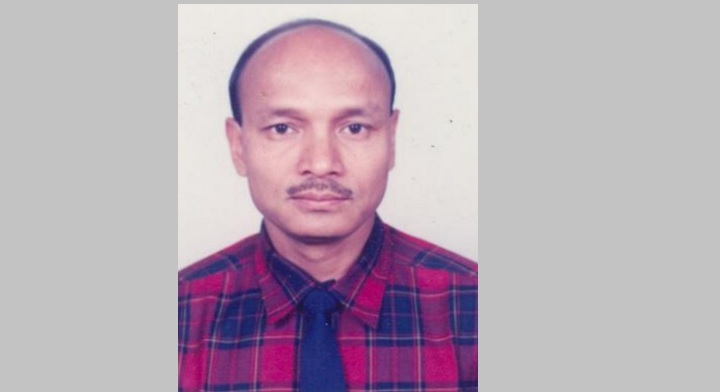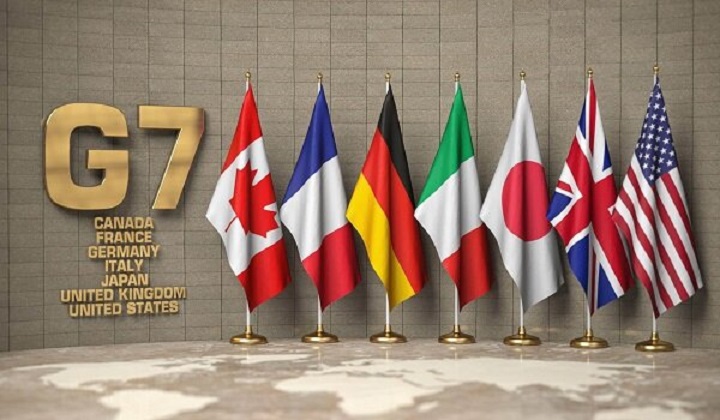US offers assurances as Hamas said ‘satisfied’ with phased hostage release proposal

- আপডেট সময় : ১১:৪৬:৫৬ পূর্বাহ্ন, বৃহস্পতিবার, ৩ জুলাই ২০২৫
- / ৩৬১ বার পড়া হয়েছে

July 3, 2025 (ynetnews) – As indirect negotiations between Israel and Hamas edge toward a possible breakthrough, a revised U.S.-brokered proposal has introduced new flexibility, firmer American assurances, and a five-stage structure for hostage releases. The deal, if finalized, could mark the most significant step yet toward ending the war in Gaza.
According to sources familiar with the terms, the current proposal would see Hamas release half of the remaining living hostages—10 individuals—as well as 18 bodies of those killed in captivity. The releases would unfold over five distinct phases during a 60-day cease-fire, a change from the earlier May framework, which had envisioned all hostages being freed by the seventh day of the truce.
The proposal reportedly includes additional terms designed to prevent political exploitation of the releases. Two officials confirmed that Hamas is expected to avoid holding publicized “liberation ceremonies,” a practice that sparked outrage in Israel and drew international condemnation during previous exchanges.
A key development in the current negotiations is the inclusion of what sources describe as stronger assurances from the United States. A new American clarification, shared with both sides, states that if no final agreement to end the war is reached within 60 days, the ceasefire will still continue as long as negotiations remain serious and ongoing. According to officials close to the talks, this is meant to function as a de facto guarantee that Israel will not resume hostilities unilaterally.
Hamas has responded favorably to the latest language. According to the Saudi newspaper Asharq Al-Awsat , sources close to the group said it was “satisfied” with the revised U.S. assurances and is expected to deliver its formal response before Friday evening. The proposal also tasks President Donald Trump with announcing the deal if accepted, as well as acting as its guarantor and sponsor.
Still, questions remain. Although U.S. officials have signaled commitment, the precise nature of the “guarantees” remains vague, and it is unclear what has changed in Prime Minister Benjamin Netanyahu’s stance that would allow him to commit to a ceasefire that could end the war.
The plan would also see the gradual withdrawal of Israeli forces from Gaza as part of a permanent ceasefire agreement, pending successful negotiations. That provision is expected to be a sticking point for Israel, which has so far demanded that Hamas be fully disarmed, its remaining leadership exiled, and that it play no role in any future civilian governance structure in Gaza.
Meanwhile, preparations are being made on the Israeli side for possible proximity talks, likely in Doha or Cairo. Should Hamas accept the framework, Israel is expected to send a delegation to begin hashing out the details, including which hostages would be released first.
Despite earlier conflicting claims, Israeli officials now confirm that it will be Israel—not Hamas—who determines the list of hostages to be released, with the help of intelligence and medical teams. The initial focus will likely be on hostages in critical condition, either physically or psychologically.
Negotiators are also bracing for difficult discussions over which Palestinian prisoners might be released in exchange. In past deals, Hamas has demanded the release of high-profile figures such as Marwan Barghouti—requests Israel has repeatedly rejected. Hamas has yet to submit names in the current round.
The humanitarian component of the proposal also remains under scrutiny. While it promises expanded aid shipments to Gaza, specifics remain vague. A previous version of the deal in March collapsed after disputes over implementation. At the time, the deal included 400 to 600 trucks daily carrying food, fuel, shelter materials, and even mobile housing units. This time, aid distribution would remain under the controversial U.S.-funded Gaza Humanitarian Foundation (GHF), which Hamas opposes due to its ties to Israel and its military coordination.
For now, all eyes are on Hamas’ pending response. If the terror group accepts the updated terms, negotiators hope proximity talks can begin within days. While gaps remain, the updated proposal—with its phased implementation, U.S. assurances, and renewed diplomatic momentum—marks the clearest signal yet that a deal may be within reach.


